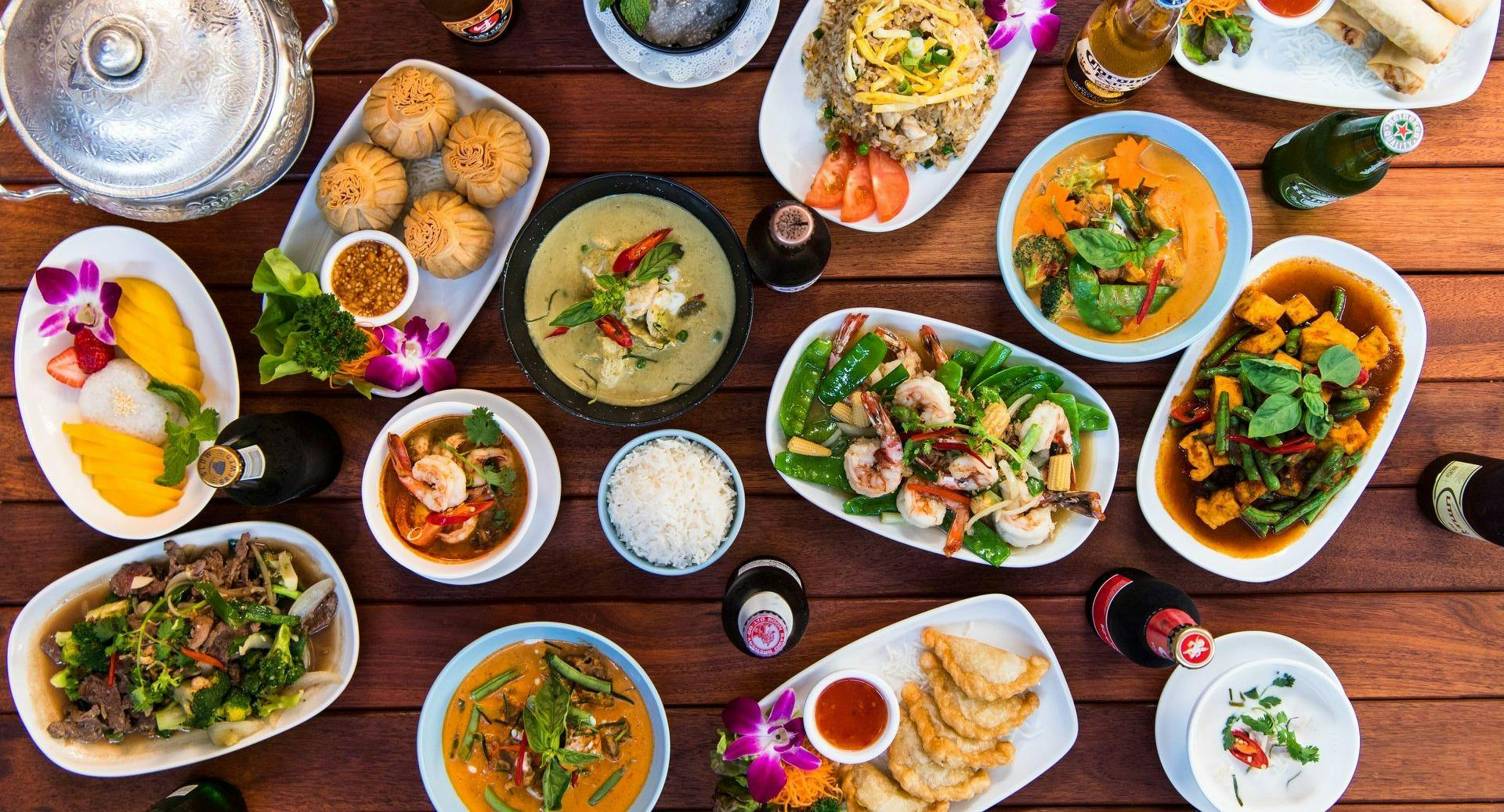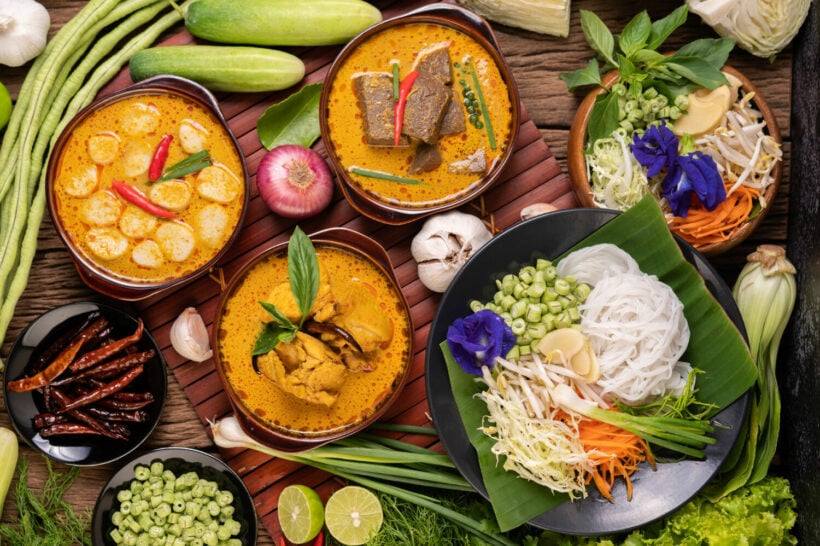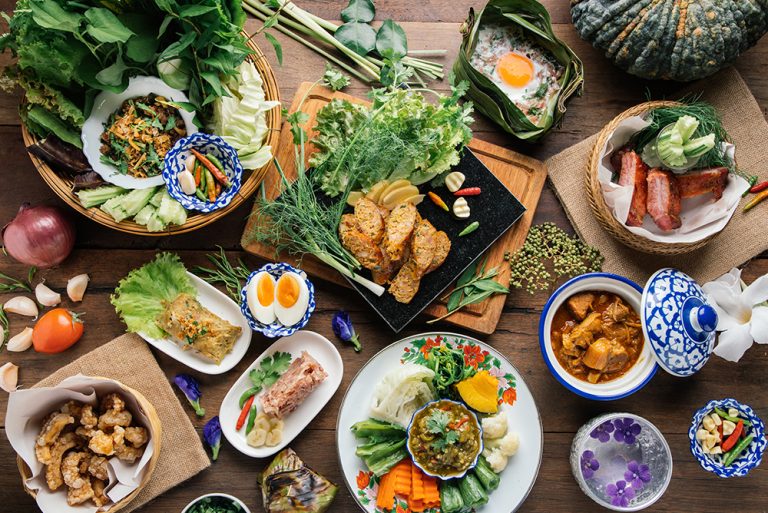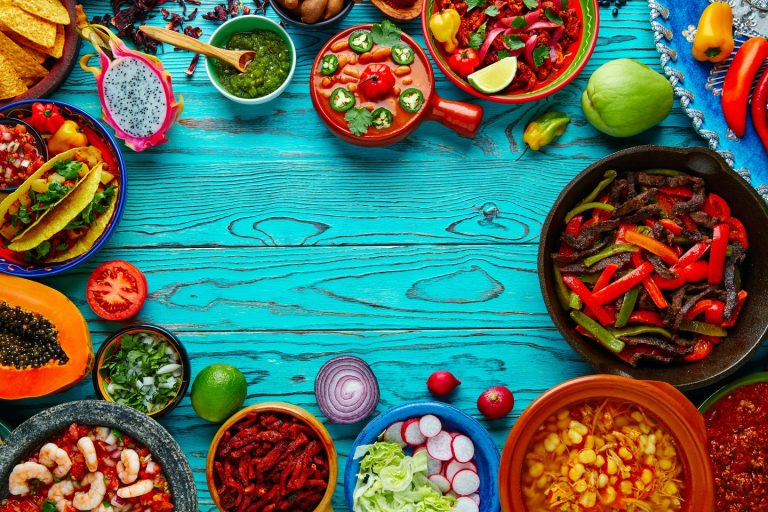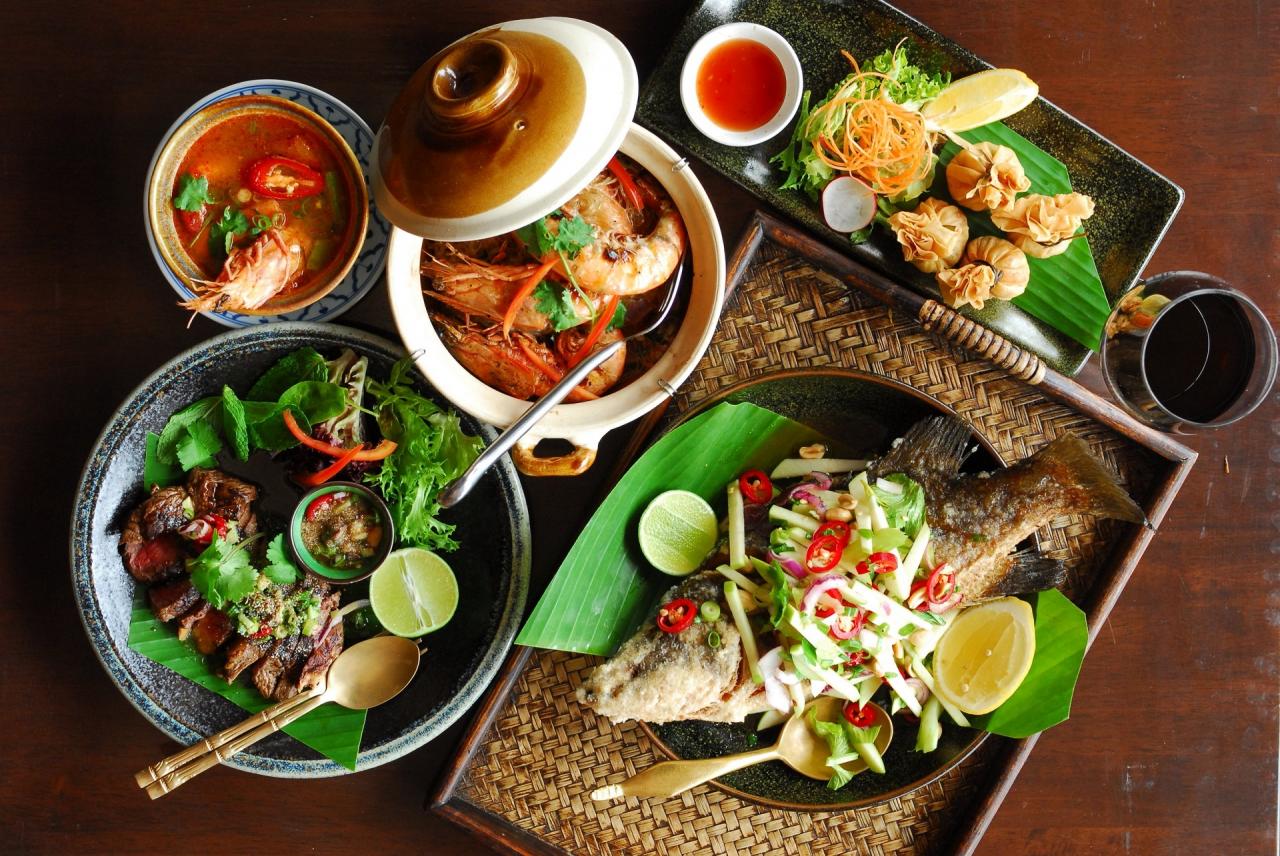
Healthy Thai Food
Unlocking the Secrets of Healthy Thai Cuisine: A Flavorful Guide
Thai cuisine, renowned for its explosive flavors and vibrant colors, has captured the hearts and taste buds of food enthusiasts worldwide. However, a common misconception is that healthy Thai food is inherently heavy or unhealthy due to its rich use of spices and sauces. Contrary to this belief, with thoughtful ingredient selection and preparation methods, Thai cuisine can indeed be incredibly nutritious and an integral part of a balanced diet. This blog aims to delve into the health benefits inherent in Thai cooking, offering insights on key ingredients, healthy preparation techniques, and tips for making healthier choices when dining out or cooking at home.
Key Ingredients in Healthy Thai Cooking
Thai dishes are brimming with herbs and spices that not only provide intense flavor but also pack a punch when it comes to health benefits. For instance, lemongrass, often used as a base for soups and curries, aids digestion and is loaded with antioxidants. Galangal, another staple in Thai kitchens, boasts anti-inflammatory properties that can soothe and heal. Turmeric, with its distinctive golden hue, acts as both an antioxidant and an anti-inflammatory agent. Kaffir lime leaves add a citrusy zest to meals while boosting immunity.
Vegetables and fruits play a starring role in traditional Thai meals, contributing to their nutritional value. Dishes are often laden with nutrient-dense options like eggplant, pumpkin, and leafy greens, which supply essential vitamins and minerals. Tropical fruits such as mangoes, papayas, and coconut provide a natural sweetness along with fiber and a wealth of vitamins. Moreover, lean proteins are central to Thai cuisine; grilled or steamed seafood offers omega-3 fatty acids, while lightly cooked or stir-fried tofu and lean meats provide amino acids. Plant-based eaters can turn to tempeh and legumes for ample protein without compromising on authenticity.
Healthy Preparation Techniques in Thai Cuisine
In Thai cooking, the methods of preparation significantly influence the overall health profile of a dish. Stir-frying, a common technique, quickly cooks vegetables and proteins while preserving their nutrients and minimizing added fats. Steaming, another preferred method, keeps food moist and tender while preventing the need for excess oils.
Broth-based soups and curries form the backbone of many Thai recipes. By choosing lighter coconut milk or vegetable broth bases over creamier alternatives, you can enjoy the same depth of flavor with fewer calories and saturated fats. The health advantages extend to bone broths, which contain collagen and amino acids, and vegetable stocks that offer hydration and electrolytes.
Salads in Thai cuisine, known as ‘Yum’, typically feature raw or lightly cooked vegetables dressed in zesty concoctions low in sugar yet high in flavor. These refreshing dishes are an excellent way to incorporate more vegetables into your diet while keeping sodium levels in check.
Making Healthier Choices at Thai Restaurants
Navigating the menu at a Thai restaurant can be a delightful adventure in health-conscious eating. Opt for clear soups, like Tom Yum, and choose grilled proteins over fried ones. Vegetable-focused curries can provide a balanced meal when paired with brown rice instead of white rice for extra fiber. Don’t shy away from requesting less salt and avoiding MSG to reduce sodium intake, ensuring that each bite remains flavorful without the guilt.
Healthy Thai Recipes to Try at Home
Embrace the art of healthy Thai cooking by experimenting with recipes that highlight fresh ingredients and light preparations. Whip up a bowl of Tom Yum Soup, where shrimp or chicken simmers in a broth teeming with lemongrass, galangal, and lime juice. Create a Green Papaya Salad that bursts with tangy freshness thanks to green papaya, chili peppers, and a fish sauce-lime dressing. Grilled Fish with Chili-Lime Dressing is another winner – grill a fillet of salmon or sea bass, then drizzle it with a zesty combination of lime juice, garlic, and a touch of chili to elevate its taste.
The Many Advantages of Thai Cuisine
Thai cuisine is a gastronomic delight that has captured the hearts and taste buds of food enthusiasts worldwide. Its unique blend of flavors, fresh ingredients, and health benefits make it an attractive choice for those seeking not only delicious but also nutritious meals. Here are some key advantages of Thai food:
- 1.Flavorful and Versatile: At the heart of Thai cooking lies a harmonious interplay between sweet, sour, salty, spicy, and sometimes bitter or umami flavors. This dynamic combination creates an explosion of taste in every dish, making Thai food exciting and enjoyable for adventurous eaters. From zesty Tom Yum soup to the rich complexity of Pad Thai, each meal offers a unique culinary journey.
- 2.Health Benefits: Thai food often incorporates medicinal properties found in natural spices and herbs. For instance, turmeric aids digestion, ginger reduces inflammation, and garlic supports cardiovascular health. Also, the prevalent use of hot peppers can boost metabolism and aid in weight management. Traditional recipes are generally low in fat and high in fiber, which can contribute to maintaining healthy body weight and preventing chronic diseases.
- 3. Spice for Immunity: Thai dishes are famous for their spiciness, largely due to the use of chili peppers. Capsaicin, the compound responsible for heat in chilies, has been linked to improved immunity by stimulating circulation and clearing congestion. It may also help fight off infections and provide pain relief.
- 4.Vegetarian and Vegan-Friendly: With its Buddhist roots, Thai cuisine naturally includes a wide variety of vegetarian and vegan options. The extensive use of tofu, tempeh, and plant-based proteins makes it easy for vegetarians and vegans to enjoy the full spectrum of Thai flavors without compromising on nutrition.
Conclusion
Revisiting the essence of Thai cuisine through a lens of health underscores its compatibility with a balanced lifestyle. By understanding the nutritious components of Thai ingredients, adopting healthier preparation techniques, and making wise choices when dining out, we can continue to relish the enchanting flavors of Thailand while nourishing our bodies. So, the next time you savor a bowl of fragrant curry or crunch into a vibrant salad, remember that you’re not just indulging in a culinary delight – you’re fueling your body with goodness. Embrace the dynamic world of healthy Thai food and let every meal be a celebration of both taste and wellness.

